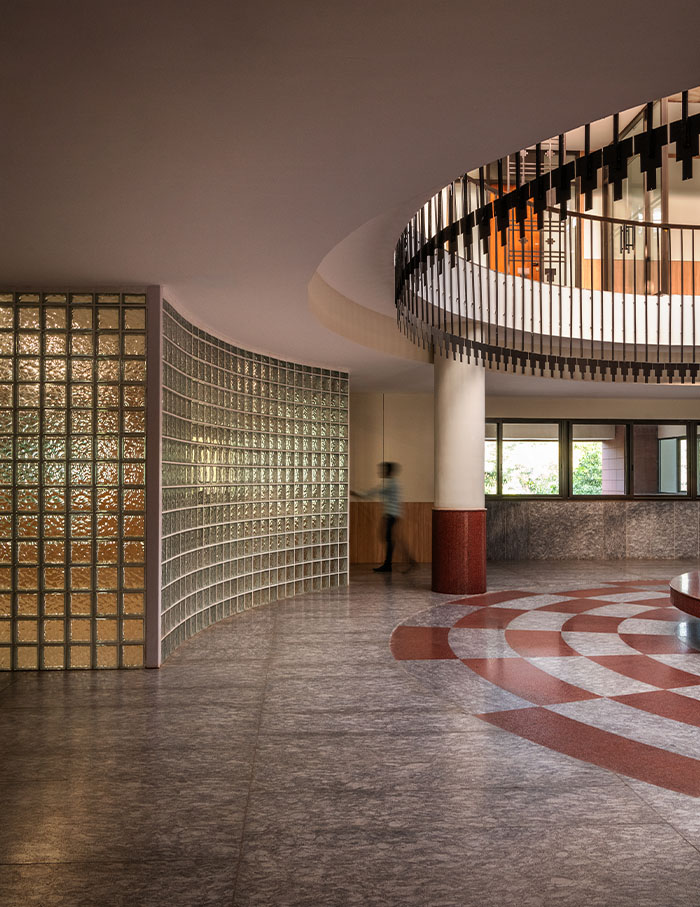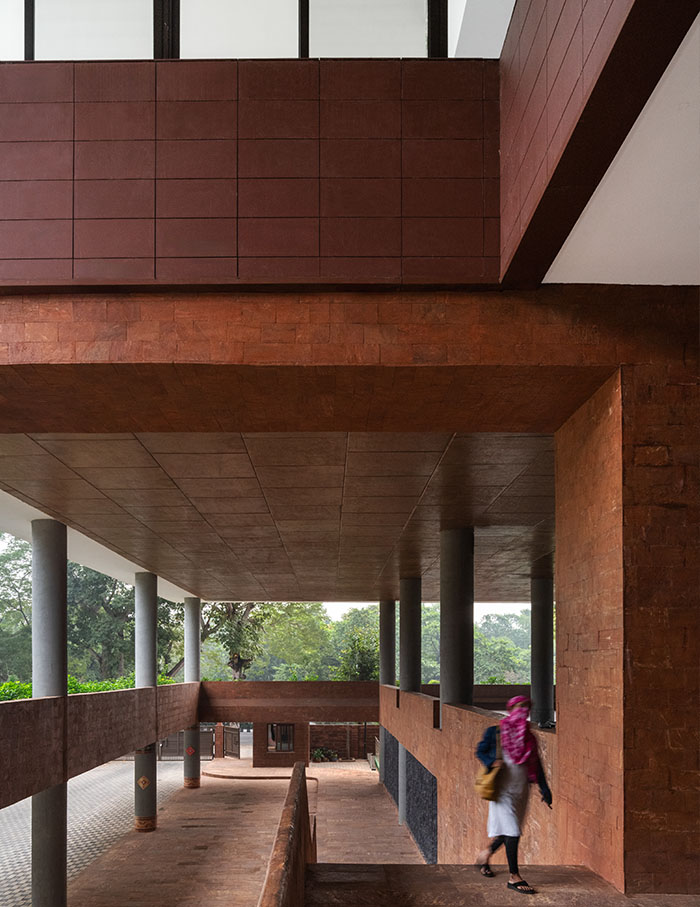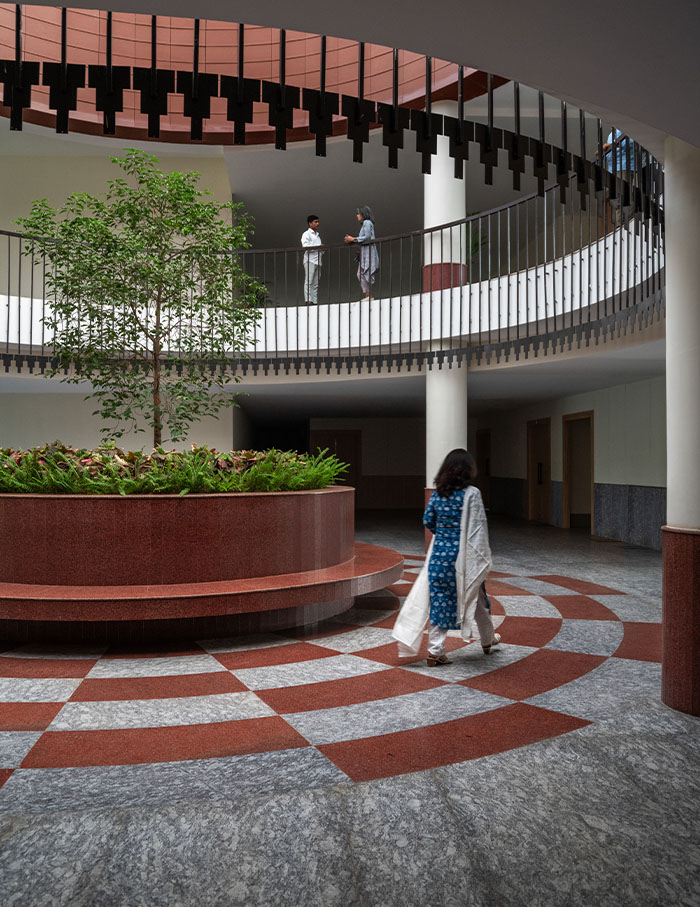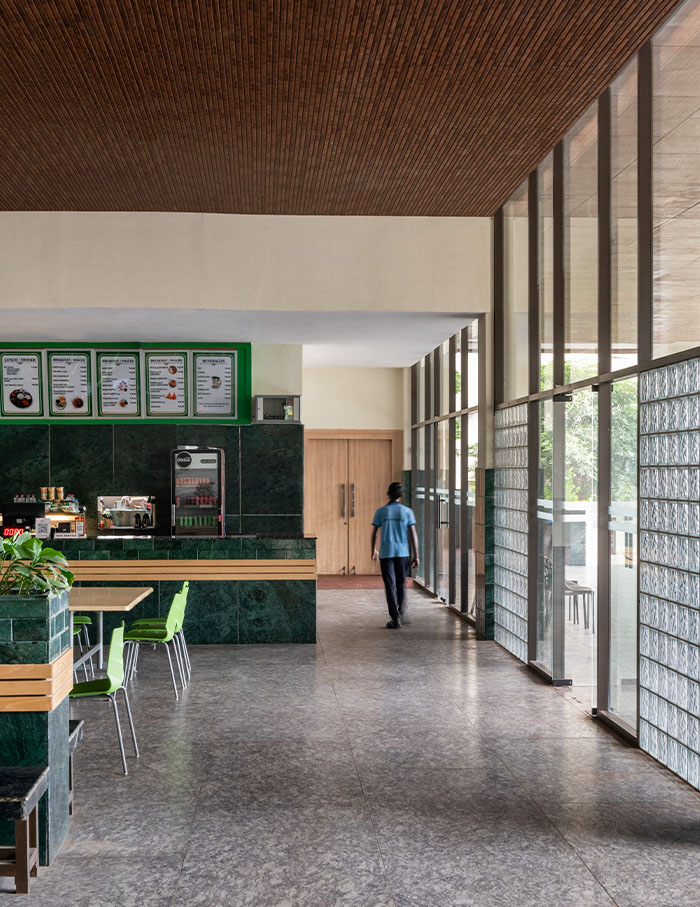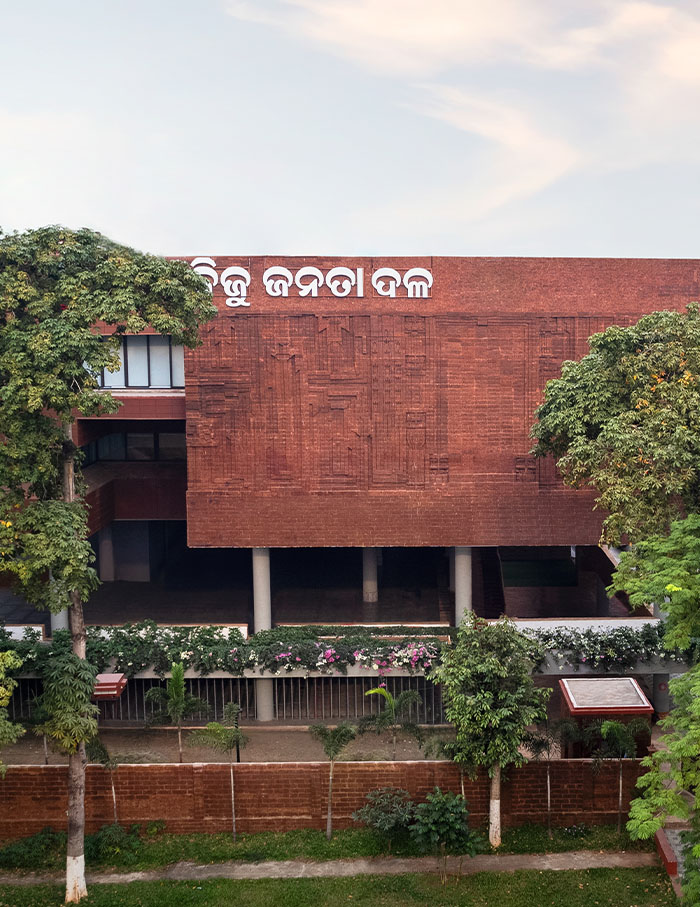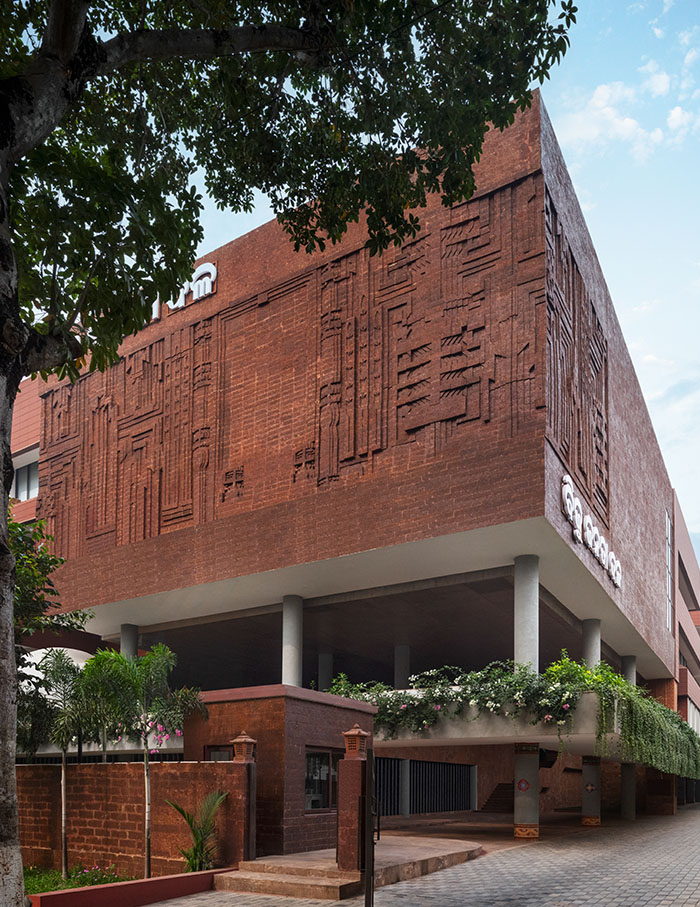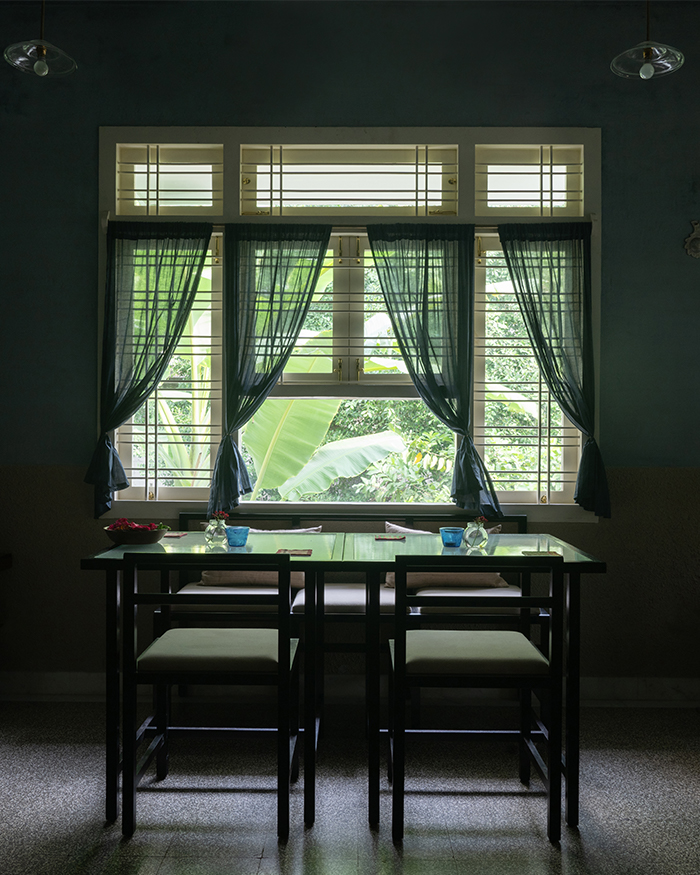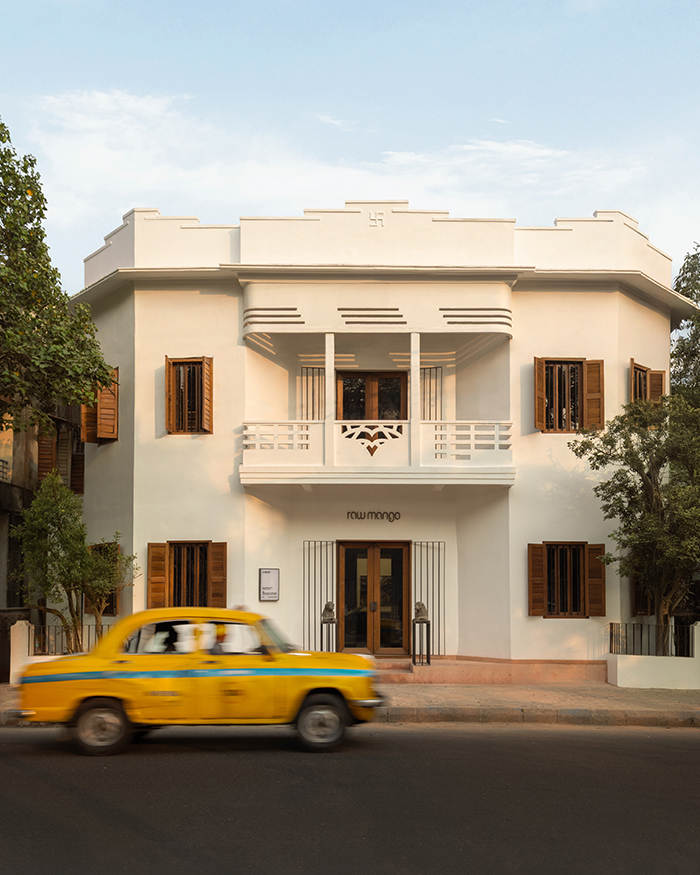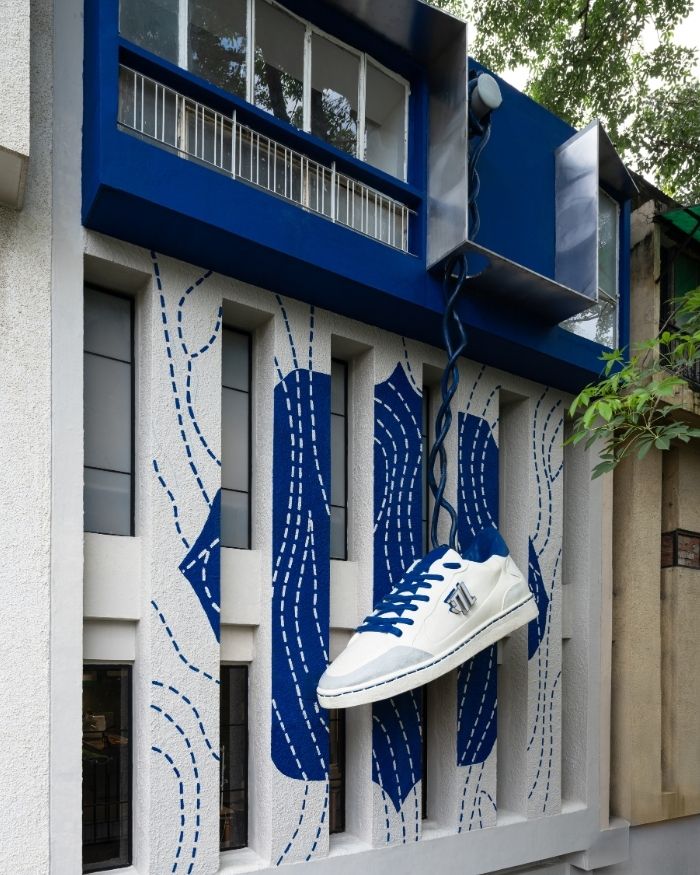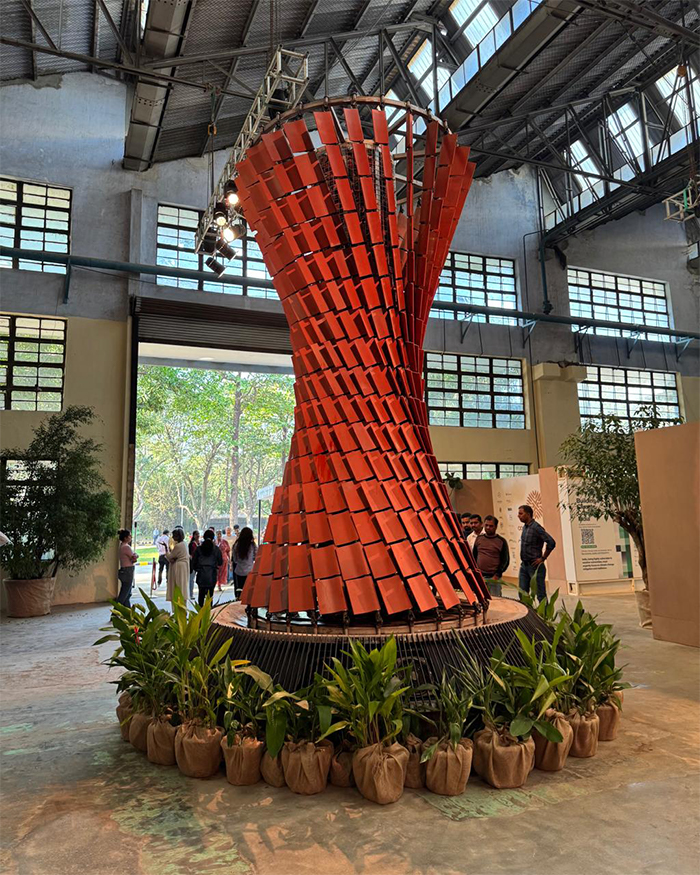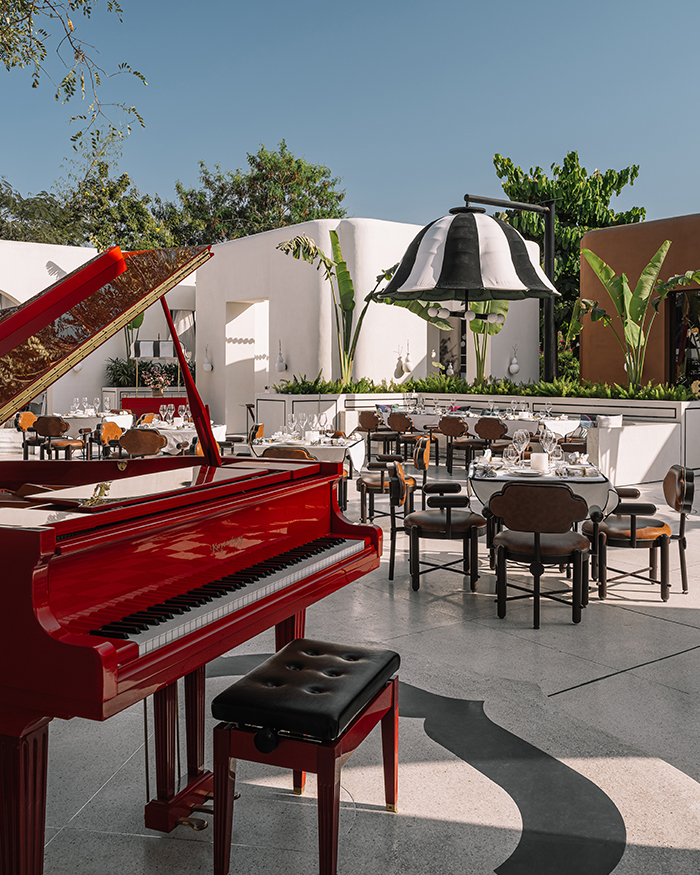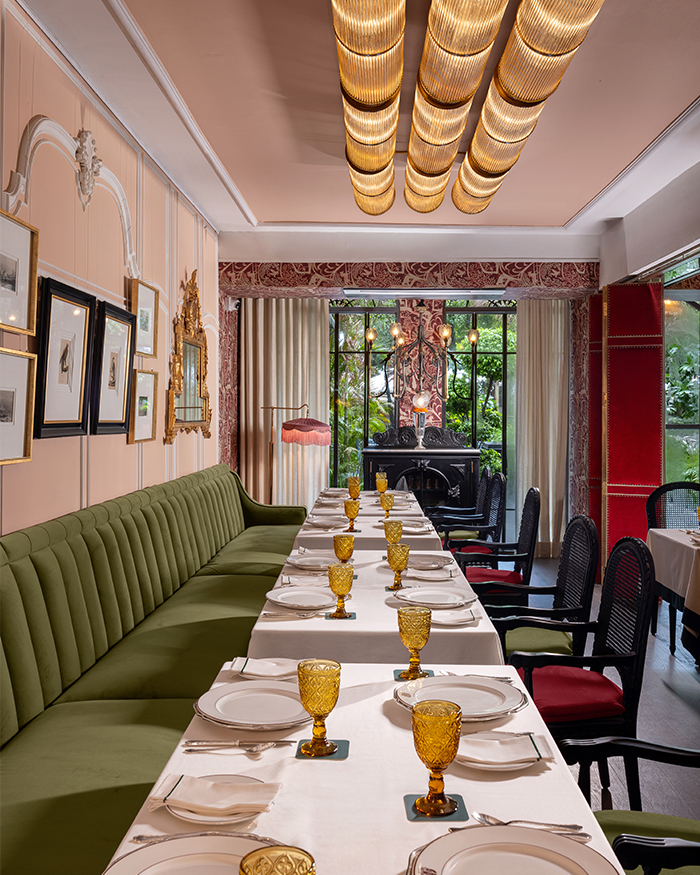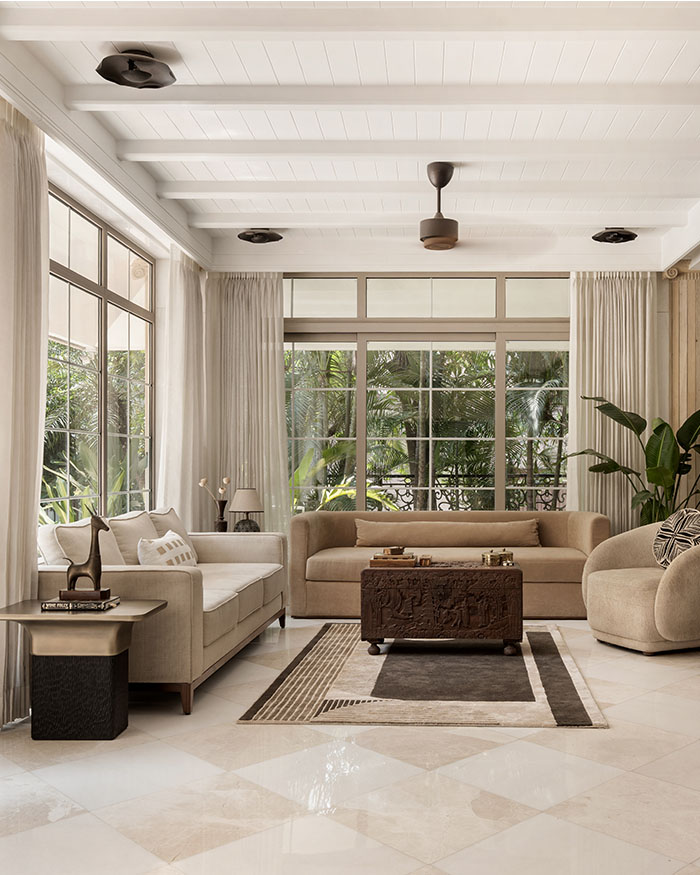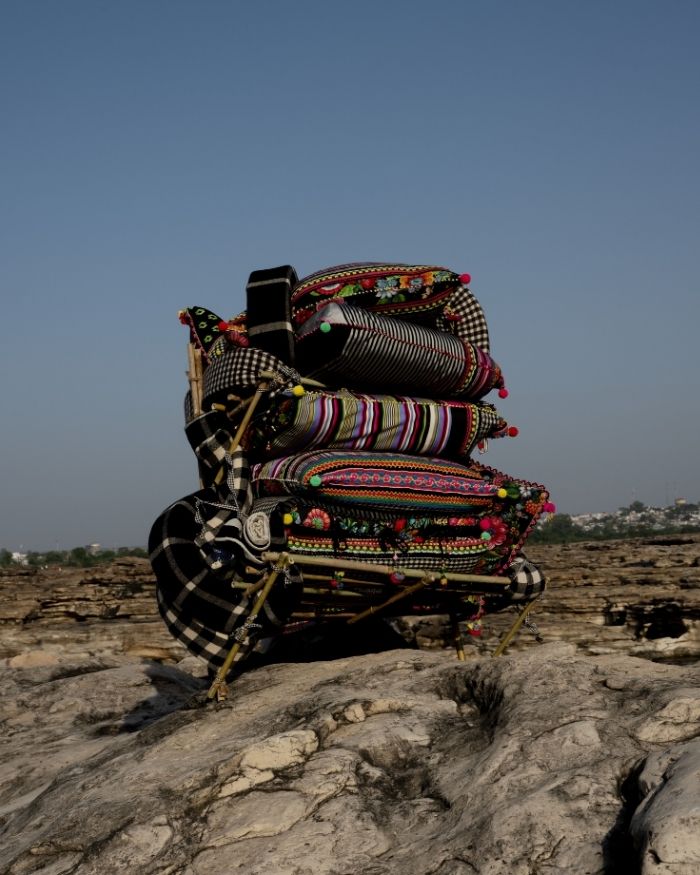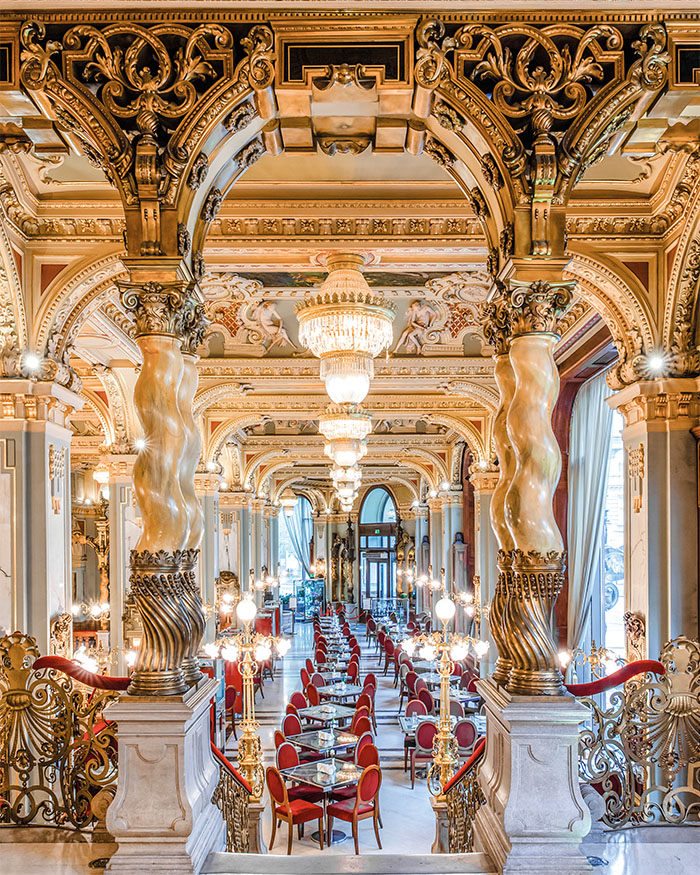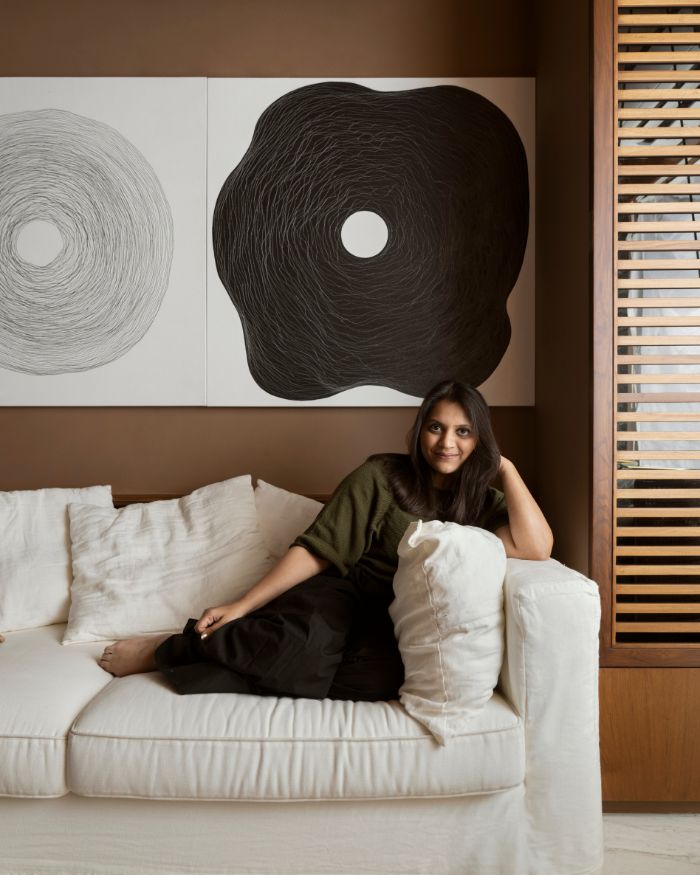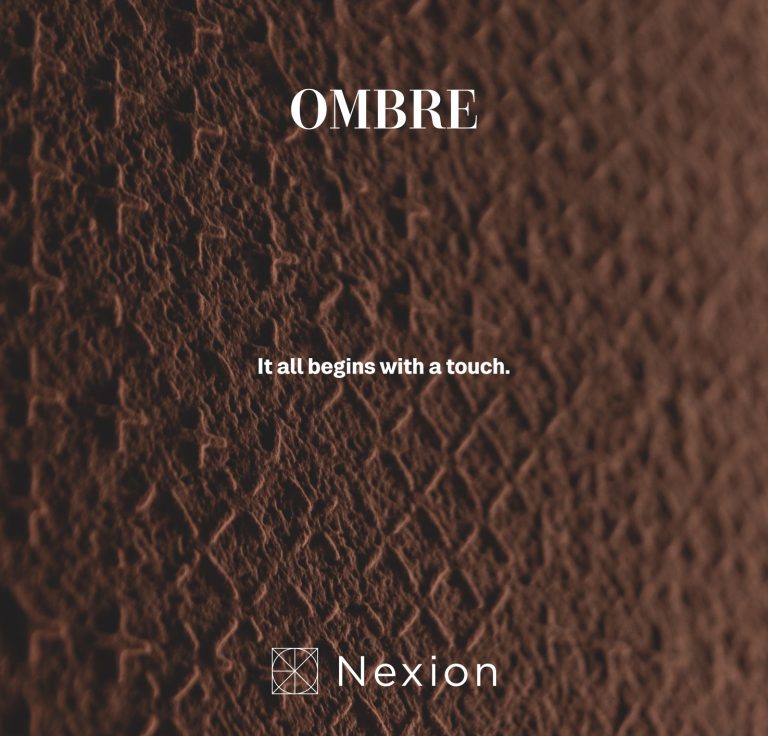The prevailing notion of a political party’s headquarters is that of power and persuasion. Rarely do they ever embody approachability with an innate sense of culture. For Studio Lotus, this was their biggest hurdle when envisioning Biju Janata Dal Party’s headquarters in Bhubaneswar, Odisha where they have reigned responsibility for two long decades. This 1,22,546 sq ft space was originally meant to be a five-storey structure but was reduced to three storeys to enrich connection with the people and surroundings. It stands out distinctly, but also blends in just enough.
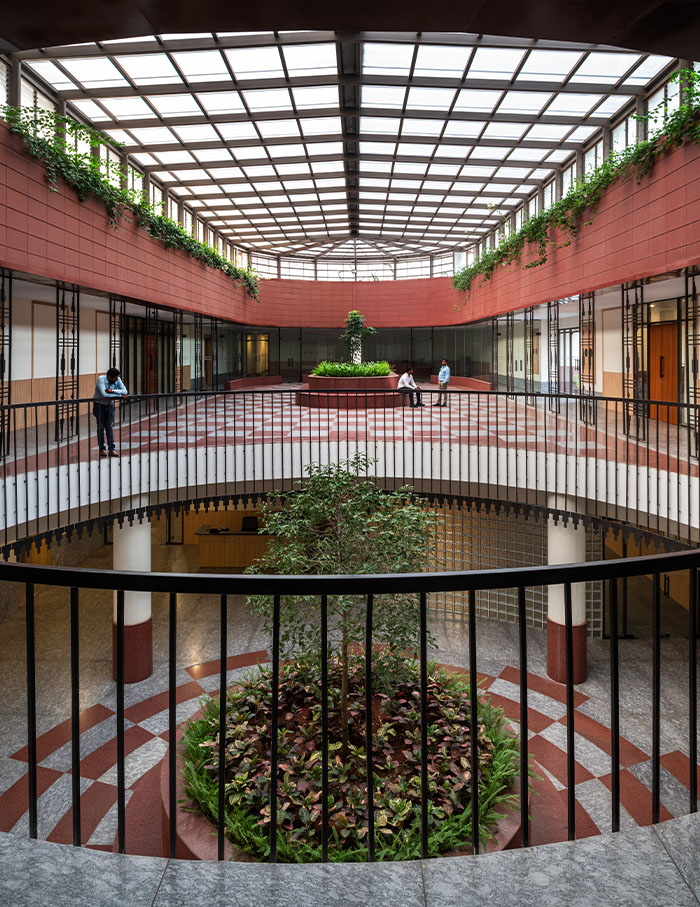
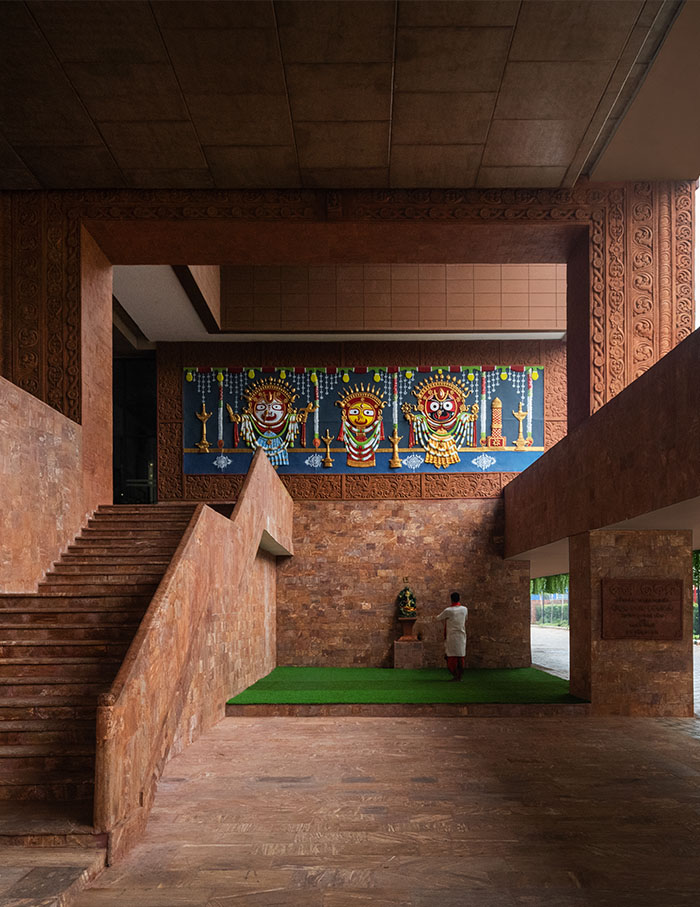
The external facade was designed with Siddhartha Das Studio, with intricate detailing of Sambalpuri and Ikat weaving styles along with other traditional elements denoting the intention behind this office — to represent that it is the people and the culture that drives change. “Contemporising these elements was a careful balancing act. We wanted to celebrate the crafts without simply replicating them,” emphasises Sidhartha Talwar, principal designer of Studio Lotus.
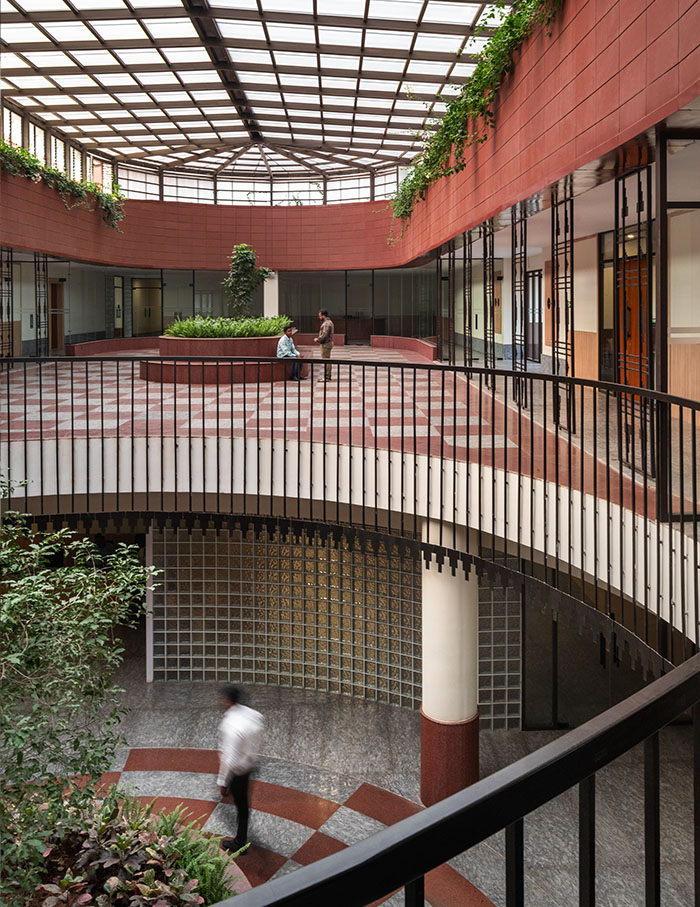
-
The headquarters sports a rich array of tactile materials; Photography by studio suryan//dang The double-height auditorium creates a space for cultural and political creations. The second floor is distinct in the sense that it has cabins for party leadership and also video and conference rooms, embodying the modern but rooted approach the space has been built around.
Internal courtyards flood the floorplates with natural light; Photography by studio suryan//dang The space seeks to further enrich the connection between people and their surroundings; Photography by studio suryan//dang A microcosm of sustainability has been born in this three-storey space. Windows that let natural light in. Terraces for limited heat gain. Internal courtyards for comfort. Thoughtful landscaping, accompanied by solar panels and rainwater harvesting measures. “Our collective experience of government buildings is that of an outsider, even though the government is elected by the people and for the people. This building is designed to bridge the gap between bureaucracy and the populace by incorporating welcoming public amenities, creating a vibrant community hub that instils a sense of collective ownership amongst ordinary citizens,” concludes Sidhartha.
The airy cafeteria sports a green colour palette; Photography by studio suryan//dang The raised campus ground establishes a connection with the community and the passersby. Inside, the space is equipped with a cafe, library and a 360-degree audiovisual gallery; Photography by studio suryan//dang The BJD headquarters were designed to be open and inviting. The facade is intricately endowed with patterns from traditional Odia textiles and customs; Photography by studio suryan//dang
SHARE THIS ARTICLE
You May Also Like
Watch
No results found.


